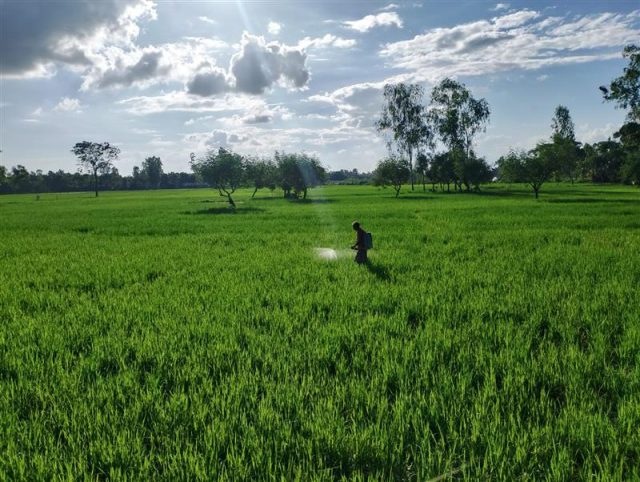Study calls for better understanding of fertilizer prices faced by African smallholder farmers
- From
-
Published on
15.01.20
- Impact Area
-
Funders
Gates Foundation, United States of America

Crop yields in sub-Saharan Africa are generally low. This is in large part because of low fertilizer use. A recent study of six countries in sub-Saharan Africa showed that just 35% of farmers applied fertilizer. Some possible reasons for this could be that farmers may be unaware of the efficacy of fertilizer use; or have degraded soils that do not respond to fertilizer; they may not have the cash to purchase it; or because unpredictable rainfall makes such investments risky. It may also be because local fertilizer prices make their use insufficiently profitable for many farmers.
To better understand the potential fertilizer demand in a particular location, it is important to know how crops respond to fertilizer under local conditions, but it is critical to understand crop responses in terms of economic returns. This requires information about local market prices of fertilizers and other inputs, as well as the prices that a farmer could receive from selling the crop.
Related news
-

New Genomic Discovery from ICRISAT Could Save Farmers Millions by Preventing Groundnut Sprouting Before Harvest
International Crops Research Institute for the Semi-Arid Tropics (ICRISAT)02.12.25-
Food security
-
Poverty reduction, livelihoods & jobs
Breakthrough study identifies varieties and key genes to halt sprouting before harvest in groundnut …
Read more -
-

Cultivating climate-smart rice: How specific cultivars and smarter fertilizing can cut emissions and maintain yield
International Rice Research Institute (IRRI)19.11.25-
Climate adaptation & mitigation
-
Food security
By Bushra Humaira Sadaf A team of researchers from the Bangladesh Rice Research Institute (BRRI), I…
Read more -
-

Australia partners with International Livestock Research Institute to upskill researchers from Africa and Asia
International Livestock Research Institute (ILRI)13.11.25-
Food security
-
Poverty reduction, livelihoods & jobs
Australia has joined forces with the International Livestock Research Institute (ILRI) to support th…
Read more -
